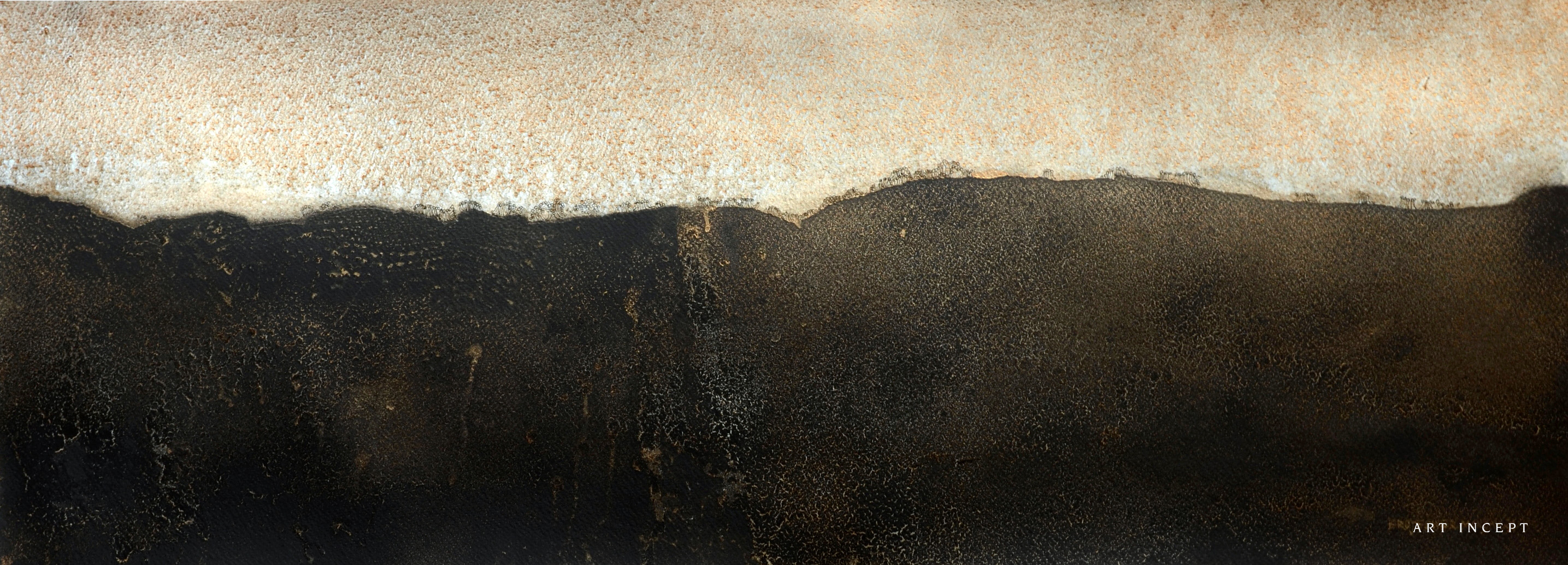
An artist creates work to express. The idea is to provoke, provide a fresh perspective, and sometimes even to question. And therefore, collecting art and engaging with it is an enriching process. Art as an asset class is definitely an additional motivation. But merging both these aspects, that of engagement and investment would be ideal for collectors.
Beginning to seriously collect art can be a daunting task for the uninitiated. In the context of Indian art, there are options galore. Modern masters, folk and tribal cultures, contemporary seniors, and early-career young artists. Could there be a certain genre to focus on? Being an avid collector myself, I feel strongly about collecting works that belong to my own generation, broadly. While I gravitate towards these personally, there are good reasons for anyone to do that. Of course, there are no rules. At the core of it all, art is meant to be enjoyed, making it entirely a subjective matter.
But here are some thoughts that may resonate with those initiating this journey – ‘Why collect young art?’

Is it Equilibrium?, 2021 | Wood, Thread, Iron and Graphite | 42 x 42 x 5 ‘’
Easy entry point
Relatively lower price points make it easier and encouraging for first-time collectors who are just embarking on the voyage of art collection. Rather than investing a large sum in single work of a master, the same could allow for significant works of several younger artists. A larger body of work allows for curating personal spaces with more options to work with and risks are mitigated in case one outgrows a particular style.
Grow with the artists
There is an easy parallel in growth of both the entities. An early career artist’s work acquired by a collector early in their own journey in building their collections will allow for growing together. Maturity of the artist over time will correspond with the depth of the collection. As will the price points of the art and associated wealth of the collection.
Acquire works over a period of time
In continuation, a collector can acquire works throughout the lifecycle of the artist, or at least for an extended period. Representational work of different times in an artist career makes the collection deeper and provides for a strong narrative.
Issues of contemporary times
The topics and themes of artists of own generation will most often be relatable. Though the works of modernists have a strong expression, the issues they delve upon are theoretical for our contemporary times. Current subjects experienced by artists to find entry into their art are far easy to evoke emotional response since those are lived by the viewers and collectors at the same time.
Access to artists
It is always enriching to interact with the artists, to hear there stories personally. Naturally that is impossible with the diseased artists or even the ones that are senior and celebrated. One has to depend on secondary information like curatorial text alone to contextualise their works. Young and upcoming artists are far more accessible and available. And getting to know them adds a precious experience, sharing of ideologies, and anecdotal information makes the collection far more involved.
Besides all the above, a good reason is to extend support to budding talent. I read somewhere: the living artists need the money, not the dead ones!

Untitled, 2021 | mixed media on paper | 11 x 29 ’’
About the author
 Rahul Kumar is a well-known writer, an artist, and a curator. He has been a ceramic artist for 25 years and is also the Art editor for STIR. Rahul regularly contributes to the Mint Lounge. He is passionate about mentoring young artists and spends about 30 percent of his time doing that! Rahul has a brilliant eye when it comes to spotting young talent, but what sets him apart is his commitment to take time out to mentor and support them.
Rahul Kumar is a well-known writer, an artist, and a curator. He has been a ceramic artist for 25 years and is also the Art editor for STIR. Rahul regularly contributes to the Mint Lounge. He is passionate about mentoring young artists and spends about 30 percent of his time doing that! Rahul has a brilliant eye when it comes to spotting young talent, but what sets him apart is his commitment to take time out to mentor and support them.
